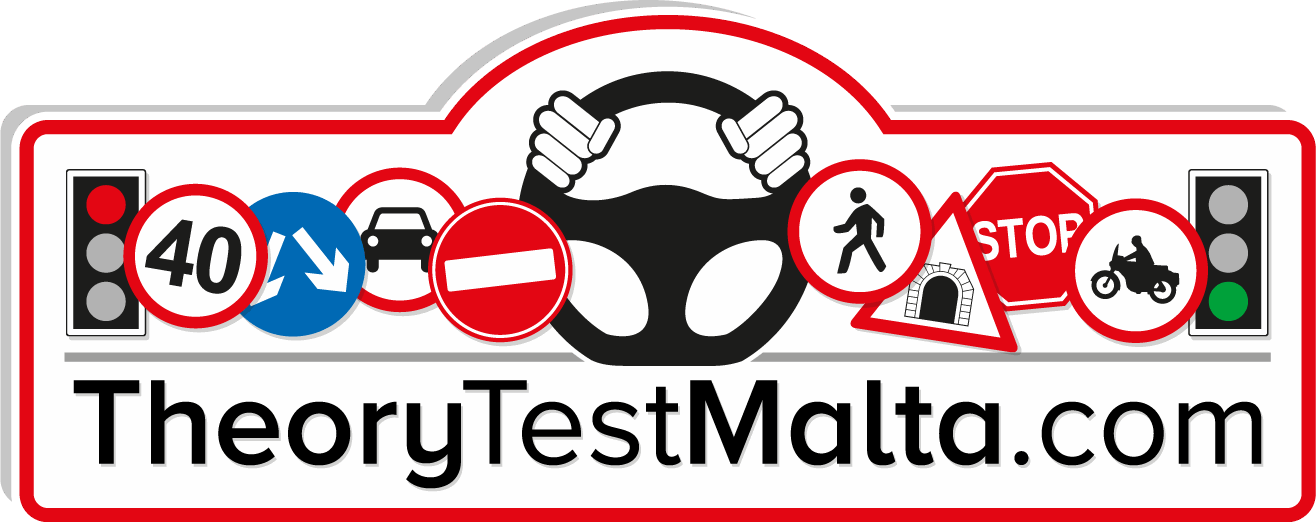How Many More People Should Die Before We Take Road Safety Seriously?
Every road death is a human tragedy, but what we often forget is the silent, lasting pain carried by the families and loved ones left behind. Even a minor accident can leave deep emotional wounds, with many people living in quiet suffering long after the moment has passed. It is time we recognise this hidden toll and start treating road safety with the urgency it truly deserves.
By the end of this article, we’ll explore the root of the problem, what can be done, and how to find a simple, nationwide solution; one that could even pave the way for solving other societal issues in Malta.
The Three Pillars of Road Safety, In the Right Order
- Education
- Enforcement
- Infrastructure
Unfortunately, in Malta, we tend to address these pillars in reverse order by placing the most importance on infrastructure, then enforcement, and giving minimal attention to education.
This is somewhat understandable because the word education isn’t appealing, therefore we usually focus first on what’s easier to fix. These quick fixes only yield short-term results. If education is properly prioritised, the other two pillars will naturally fall into place.
You can’t build proper infrastructure if we’re uneducated about how to use it. For example, poor road signage is a common issue in Malta. It’s frustrating for both locals and tourists to only see a sign at the last second, forcing them to make dangerous, last-minute decisions. This isn’t just a nuisance. It’s dangerous. Some accidents and even deaths have occurred because teams maintaining our infrastructure aren’t properly coached about hazard planning and mitigation.
You also can’t have effective enforcement if our enforcement authorities are not well versed and trained according to the highway code.
Enforcement on its own is only a temporary fix. It often creates anger and resistance, making it counterproductive in the long term. Education, on the other hand, is a long-term investment. It leads to people making better decisions; not because they fear punishment, but because they’re thinking critically and acting responsibly.
When education is taken seriously, everyone involved, including enforcement agencies, road workers, road designers and users will begin making more conscious and well-informed decisions.
So, education it is. Doesn’t sound exciting, right? Who has time to “be educated” in today’s fast-paced world?
The traditional method of education, that of just feeding people information, no longer works, especially in the context of lifelong continuous learning. We need a coaching-based method. One that gets people thinking, reflecting, and solving problems on their own. This kind of approach will bring long-term benefits that could last generations.
Changing the Conversation
This shift will inspire positive conversations about road use. Instead of always talking about how many bones we’ve broken in accidents, we can start discussing how to drive safer, be more aware, and protect others. It can raise the collective consciousness of society.
Some examples of how this can be done:
- Create adverts that pose questions like, “What is the speed limit on this particular road?” and reveal the answer the following day. This encourages drivers to pay attention to signs, to think and discuss whilst raising awareness in a natural and engaging way.
- Run campaigns about using roundabouts correctly, who has the right of way at junctions, how to behave at pedestrian crossings, which side of the pavement to walk on, etc. These small things matter and can be tackled effectively through the coaching method.
The Big Question: Why Do We Drive the Way We Do?
Let’s look at a real-life example.
Imagine a road with a long, smooth 90-degree bend and a speed limit of 50 km/h. A driver speeds through it at 70 km/h. At the same time, two pedestrians are crossing at that bend. The driver hits the pedestrians. Keep in mind… bends pose a greater hazard because visibility is reduced.
In such a situation it is observed that our immediate reaction is to blame. The pedestrians blame the driver for speeding, while the driver blames the pedestrians for crossing in a dangerous spot.
And that’s where we fail.
When blame is our first instinct, no one learns anything. The real question should be on: “What could I have done better?”
If the pedestrians reflect, they might say, “Next time, I’ll cross from a safer spot.”
If the driver reflects, they might say, “Next time, I’ll follow the speed limit and offer more awareness in a bend.”
This kind of reflection leads to improvement. If both parties simply blame each other, nothing changes. Next time, the same or worse might happen.
This is a powerful psychological pattern that is especially common in Malta:
- Blaming others = mental stagnation (mind becomes smaller)
- Asking “What could I have done better?” = mental growth with a positive multiplying effect
If we focus on just this one mindset shift, we can create massive change. And it’s not difficult to promote and explain scenarios like this on TV, social media and in schools. People will start talking about it. It will resonate.
We’re all road users in one way or another. By applying this method, coaching and mental growth become collective, and society naturally starts improving. Once this model works for road safety, it can be extended to other sectors, like construction, governance, and even daily social interactions.
We’ll shift from a society that needs to be policed… to a society that polices itself.
A Better Malta Is Within Reach
Imagine the positive impact this could have on our daily lives, our children’s future, and Malta’s international reputation. We could become a model for other countries. Tourists would see us not just for our beauty, but also for our responsible and respectful society.
Let’s make Malta a safer, better place to live in for everyone!
